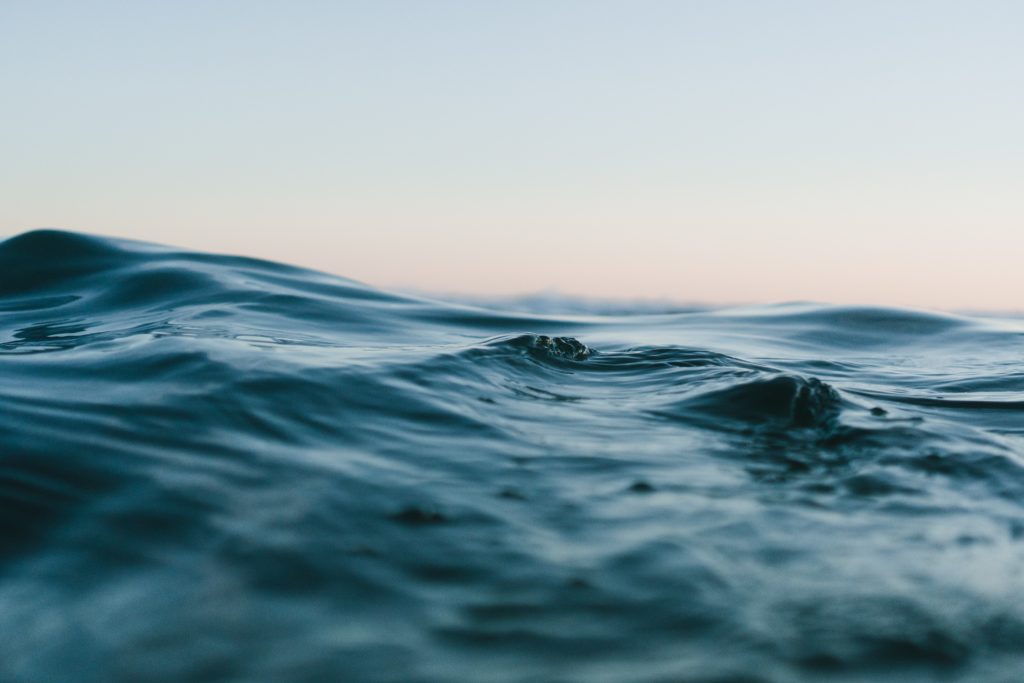Fifty years ago, the U.S. passed the Clean Water Act, which promised to clean up the water across the U.S. so that the water would be fishable and swimmable by 1983. Did they get close? A report recently published by the Environmental Integrity Project (EIP), a nonprofit organization started by former EPA attorneys, shows that we are far from that goal. Over 700,000 miles of waterways, which is about 51 percent of rivers and streams, and 55 percent of lakes, are too polluted for safe consumption, fishing, or even swimming.
States such as Florida, California, Indiana, South Carolina, and Oregon have some of the most polluted water in the U.S. However, the EIP believes that this data doesn’t even fully explore the full extent of how poor the quality of the water is. Water control is up to the jurisdiction of state governments. Because of this, the EPA has never created a standard for how states must test, record, or report water quality. The EIP has estimated that 73 percent of rivers and streams, 49 percent of lakes, and 24 percent of bay areas were not tested in the most recent data cycle. We can assume that high pollution levels affect much more than half of all U.S. water.
The EPA has not amended water pollution standards from culpable industries since the 1970s. This is in spite of the fact that the very Clean Water Act requires the EPA to do this every five years. The EIP believes that the industry causing the worst of the pollution is animal agriculture. The waste disposal also has horrifyingly low standards, which lead to runoff in the water systems.
President Biden’s bipartisan bill does increase funding for issues such as controlling water standards. The EPA has also agreed to work with various partners to implement $43 billion into water infrastructure funding. This newest initiative must be closely watched as we do not have another fifty years for there to be no improvements.
Although giving state governments the autonomy to test, report, and implement standards to prevent water pollution, some bare minimum standard to ensure that testing and reporting are being done is clearly necessary. Conversations around a lack of regulation of chemicals used in manufacturing, agriculture, and urban development have become more prevalent. This is in addition to issues such as plastic pollution, which also releases toxic chemicals into our water.
We need water to survive. Our entire being depends on it. Without water, our bodies shut down in a matter of days. Regardless of what you eat, your food requires water to be produced. Water quality is not something to be taken lightly. An utter failure to clean and protect U.S. water in the fifty years since the Clean Water Act was passed is unacceptable. In 1990, water pollution in the U.S. was sitting at 65 percent. We are now over at 50 percent, and that is with data that may be missing samples from the majority of water sources. It is past time that our health was prioritized over the comfort and profits of industry giants.
Get more like this—Sign up for our daily inspirational newsletter for exclusive content!
____
Photo by Matt Hardy on Unsplash





